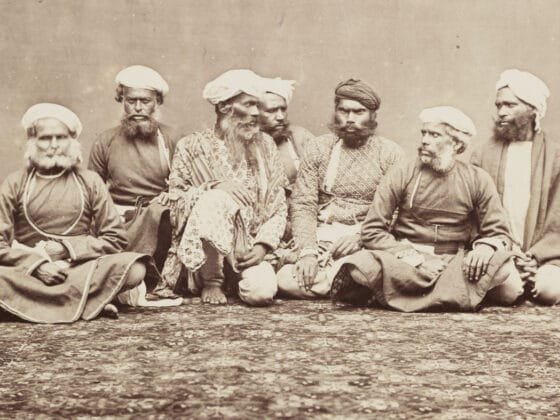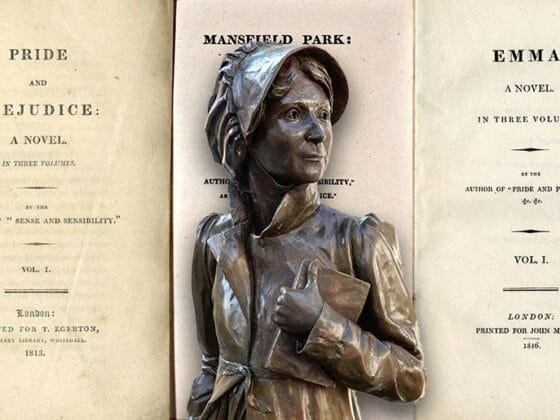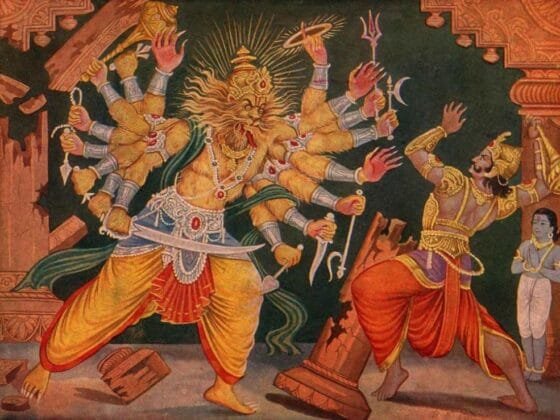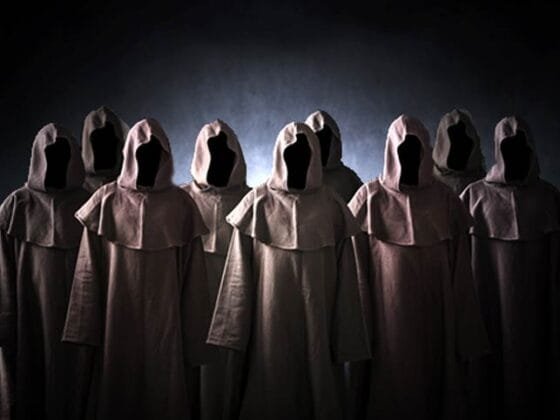
As we continue to evolve, we also see that the term feminism gets even more controversial. However, the real motive behind feminism is to provide equal rights and safety to women. So, if you want to know more about feminism in India and its historical roots, you have landed on the right page. Here we’ll be rediscovering how this movement was introduced in India.
Even though the country is still struggling to eliminate patriarchy and misogyny, the fight isn’t just for modern-day India; it began in the 17th century. The imbalance of gender gaps and issues have always been a part of every country’s culture. Some managed to overcome it, while others are still trying to infuse the rise of feminism in their systems. The feministic motives also differ; they depend on culture, religion, spiritual ideologies, and socio-economic status. To make it easier for you to understand, our country’s feminism motive is quite vast, from consent to equal rights to education for women.
Now without any further ado, keep scrolling and explore the journey of Feminism in India through the ages.
Feminism In the Early Vedic Period

Back in the time, female scholars such as Lopamudra, Gargi, and Maitreyi introduced feminism in the literature of the early vedic period. However, Gargi Vachaknavi was recognized as the pioneer among these famous scholars. It is said that during a public debate with the Vedic philosopher Yajnavakya, Gargi questioned the nature of the soul (Brahman) and the origins of the universe without any hesitation.
This strong-headed lady fired questions after questions in a room filled with male philosophers who were left speechless due to Gargi’s thought-provoking questions. There was a moment when the famous philosopher Yajnavalkya even warned Gargi that her head would fall off if she continued to question so boldly. However, that didn’t stop Gargi, and soon she became one of the strongest opponents of Yajnavalkya
Feminism In The 17th Century
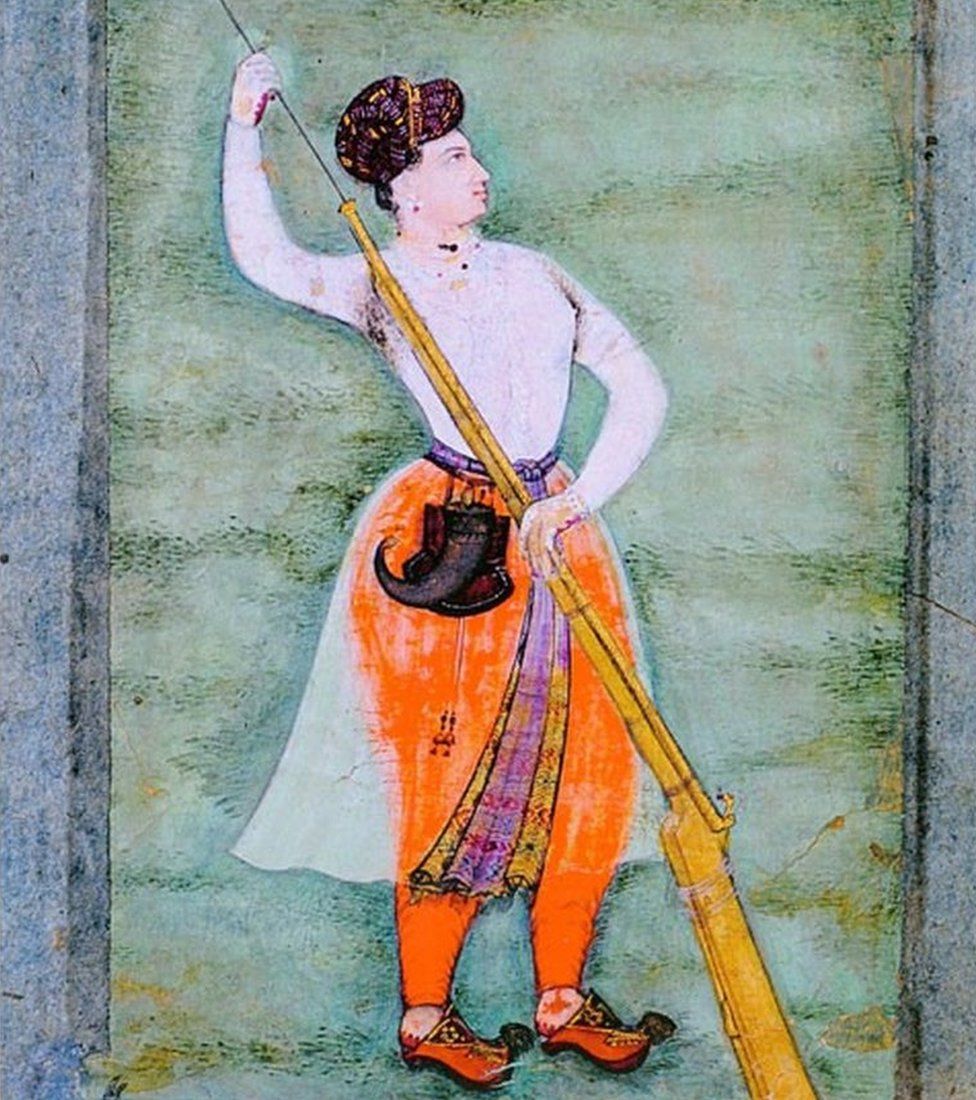
Moving ahead, a sick woman Bibi Dalair Kaur created an all-women army to fight the Mughal forces. She was believed to be a strong and fierce lady who encouraged other women to stand for themselves. When the Mughal commander Wajir Khan taunted her on women’s weakness, she said, “we are the hunters, not the hunted. Come forward and find out for yourself!”
Later her kingdom was ruled by Rani Velu Nachiyar for almost a decade, and she also led her army in multiple battles. Rani Velu later formed a special women’s army, Udaiyaal, that was named after her daughter.
Women Empowering Movements By Men In The 19th Century
- The abolition of Sati was the first watershed moment of India’s modern feminism movement.
- Elimination of child marriage by Raja Ram Mohan Roy.
- Ishwar Chandra Vidyasagar introduced the cause of widow remarriage.
- DD Karve helped in eradicating the bias against widows.
- Behram Malabari formed a campaign against child marriage and demanded to form a legislature to prevent it.
Achievements By Feminists In The 19th Century
The 19th century is recognized as the era of modern feminism in India, and many feminist ideals brought the waves of change at the time.
- Anandibai Joshi marked her name in the pages of history as the first Indian woman to study abroad.
- Moving ahead, Kamini Roy fought for a woman’s education rights and led India’s suffragist movement.
- Kadambini Ganguly turned out to be one of India’s first two graduate women, and she was also the first woman to study Western medicine.
- Muthulakshmi Reddy completely abolished the Devdasi system and also redefined education by studying in a men’s college to be a doctor.
- Not only this, but Cornelia Sorabjee also became the first Indian woman lawyer.
The Second Phase- 20th Century
Three major organisations, the All India Women’s Conference (AIWC), Women’s India Association (WIA), and the National Council of Women in India (NCWI), came into existence. In the 20th century, the struggle against colonial rule and the fight for women’s rights intensified.
In the following decade, women participated in the freedom movements and greater political plans. Moving ahead, women started to spread their wings in the political sector, and that’s when Sarojini Naidu was elected as the President of the Indian National Congress in 1925. She was the first woman to hold that post, which helped encourage other women.
Post-Independence Second Wave
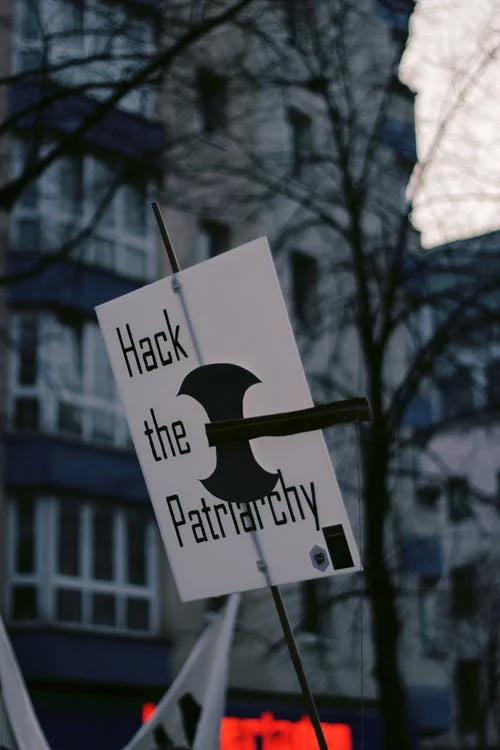
- Issues like land rights, political representation, divorce laws, sexual harassment at work, dowry, and rape were highlighted in the mid-1970s.
- This second wave of feminism interrogated the existing laws that didn’t support women’s welfare.
- Indian feminist writings by Toru Dutt, Mahashweta Devi, Ismat Chugtai, Lalithambika, and Antharajanam were appreciated globally.
- An anti-rape campaign was launched in 1980 because many autonomous women’s organisations emerged in several cities.
Feminism Of The Present

The moment we entered the 21st century, the feminist movement decided to address a plethora of issues such as domestic violence, rape, consent, and victim shaming. In 2005, Indira Jaisingh’s hard work was reflected by introducing the Domestic Violence Act. Indira was the first woman to be appointed as the Additional Solicitor General of India in 2009.
Moving ahead, Meenakshi Arora, the senior advocate at the Supreme Court Of India, also led to the Vishakha Guidelines, which later took the shape of the Sexual Harassment of Women at Workplace Act (2013).
Achievements Of Current Feminism
- Economic liberty
- Information on social and sexual rights
- Formation of communities and networks for women
- The expansion of spaces and places to negotiate hard

 Add to favorites
Add to favorites

